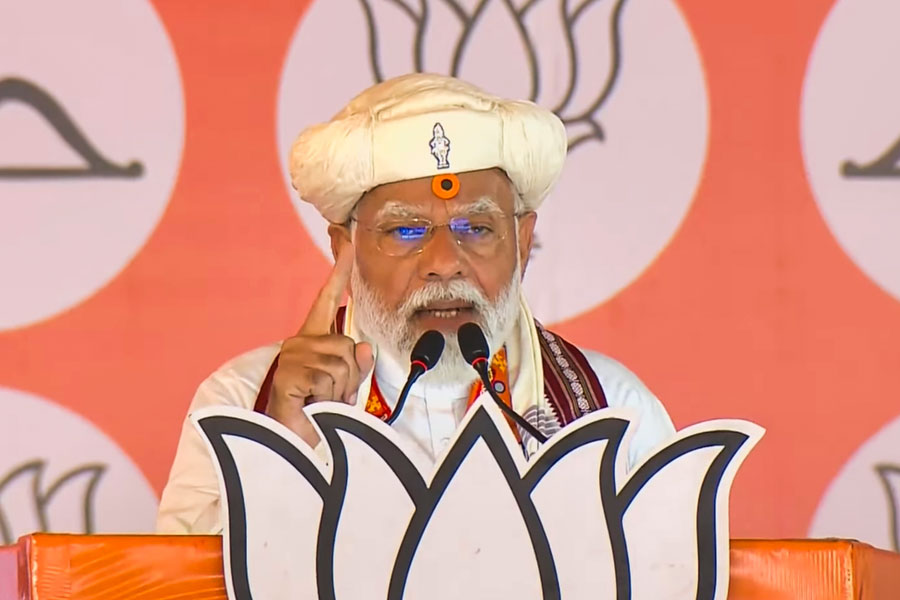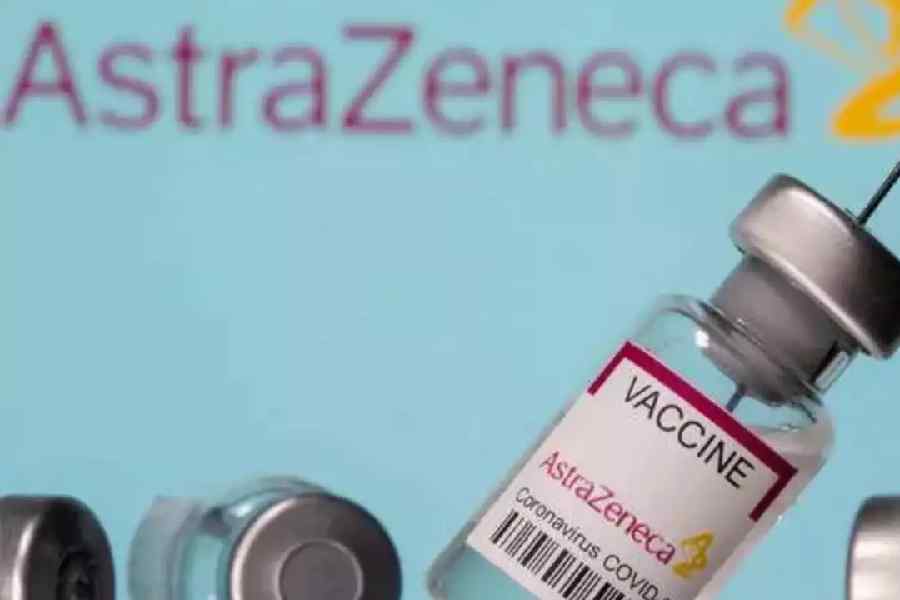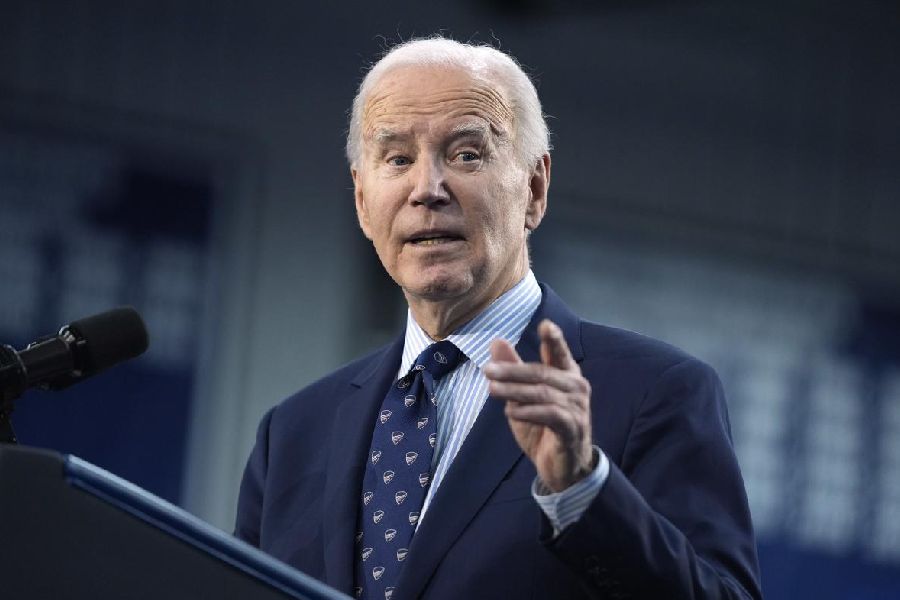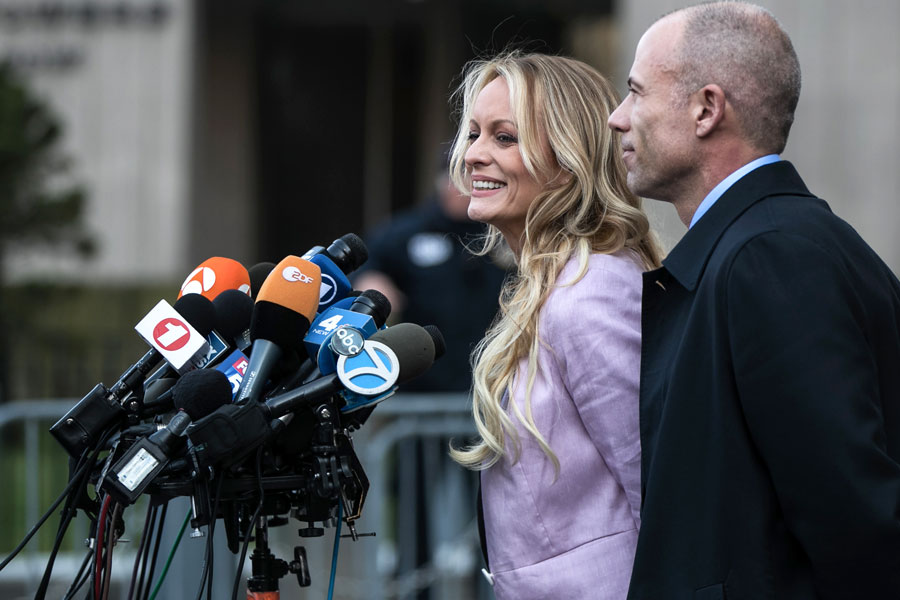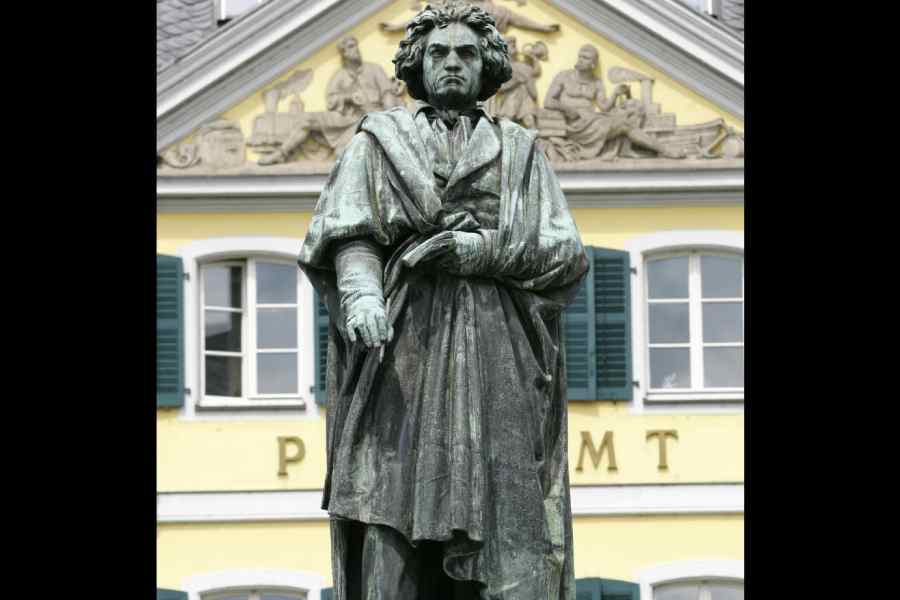India’s apex academic engineering and technology body is set to oppose a directive from the Centre to turn itself into a not-for-profit corporate entity amid concerns among its fellows that its academic structure would be “lost in corporatisation”.
Members of the governing council of the Indian National Academy of Engineering (INAE) have decided to forward a strong response, rejecting the directive received from the Department of Science and Technology (DST) and seeking its review.
The 35-year-old INAE is a body of distinguished engineers and engineer-scientists that promotes engineering and technology education and research and makes recommendations to government
departments to guide policies. It is primarily financed through annual grants from the DST, an arm of the Union science and technology ministry.
“Corporatisation was not found to be a desirable option since the character of the Academy would be compromised,” the minutes of an urgent INAE governing council meeting to discuss the topic and circulated among its members on Monday have documented.
The DST had on May 6 this year written to the INAE that the Centre’s department of expenditure had recommended that the government should disengage itself from the INAE’s activities through “corporatisation as a section 8 (not-for-profit) company”.
“The reason being that the government need not involve itself directly into the business of promoting and advancing the practice of engineering and technology and related science disciplines in the country when the same objectives could be very effectively achieved by converting INAE into… a not-for-profit company like NASSCOM,” the DST said, citing recommendations from the department of expenditure.
Nasscom is the apex industry body of India’s information technology and business process management sector with over 3,000 companies as its members.
Sections of faculty members in top central engineering institutions have expressed concern about the Centre’s move, pointing out that science academies in most developed countries receive support from their governments.
“It is sad to hear that the government does not want to involve itself directly in the promotion of engineering, technology or related scientific disciplines,” said a faculty member in a central engineering institution who is also an INAE fellow.
“If the government does not do this, who else will?” asked another faculty member in a different central engineering institution. Both, professors in different engineering departments, requested The Telegraph not name them.
The faculty members said the comparison with Nasscom was inappropriate.
“Nasscom is a trade body with for-profit companies as its members, but the engineering academy has only engineers and scientists as members,” said Ashok Misra, an INAE fellow, past president of the National Academy of Sciences, India, and former director of the Indian Institute of Technology, Bombay.
“The academies serve as think tanks of distinguished engineers or scientists seeking to promote engineering and science and raise the level of these disciplines in the country to a much higher level than they are today,” said Misra.
Misra and other INAE members believe the objectives of the INAE and Nasscom are incongruous.
The INAE’s governing council members have decided to write a “strong but polite rebuttal” of the decision to the DST and request a review, while acknowledging the need to achieve financial self-sufficiency through a corpus.
The INAE has received around Rs 4.5 crore as annual grants from the DST for its activities over the past three years. The governing council has proposed a back-up plan to raise Rs 100 crore it estimates the INAE would require to achieve self-sufficiency.
Engineering faculty members said the annual DST funding helps sustain the INAE’s education, popularisation and research activities as well as workshops and brainstorming sessions that also generate policy recommendations for the government.
“Such activities don’t cost much, but lack of funding could cripple the academy’s activities,” said a faculty member, also requesting anonymity.
“Now, more than ever, we need strong academies — bodies that could express collective opinions on issues or on policies which many individuals are no longer willing to express.”
The department of expenditure had said the INAE’s objectives fulfill the requirements for its incorporation into a not-for-profit company and institutions such as the IITs and other government and private engineering colleges could become members.


